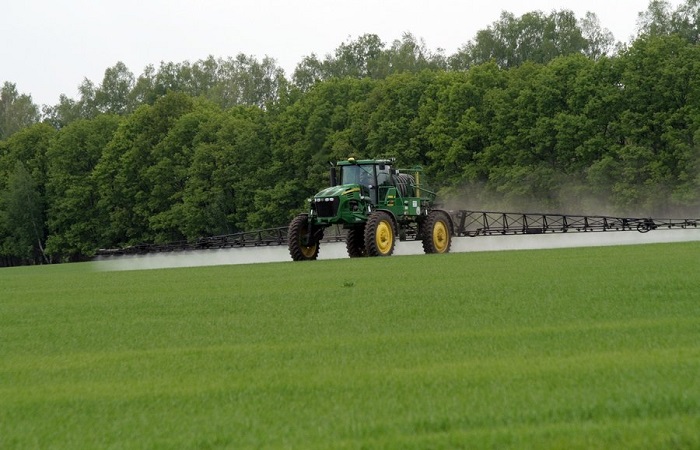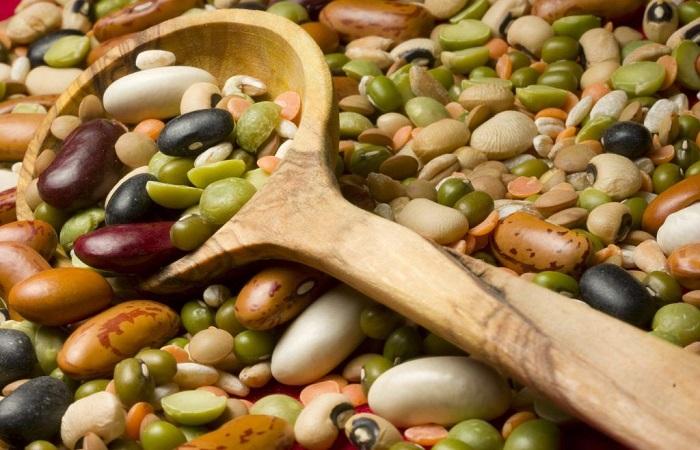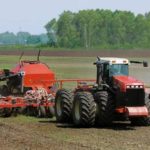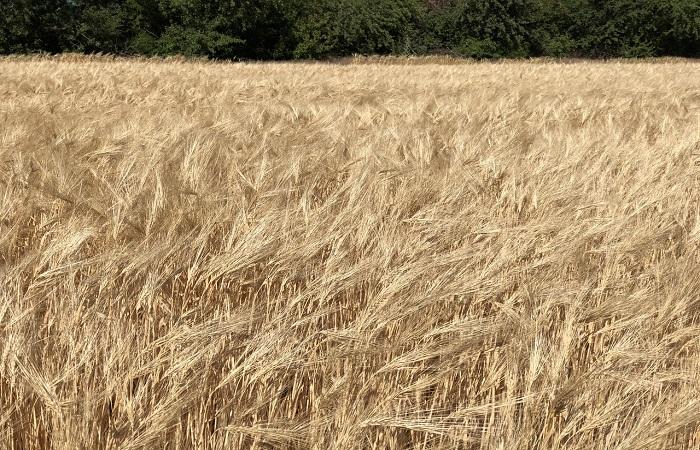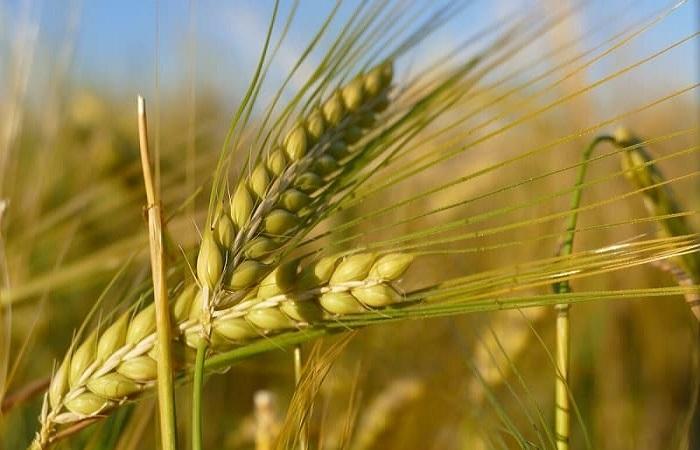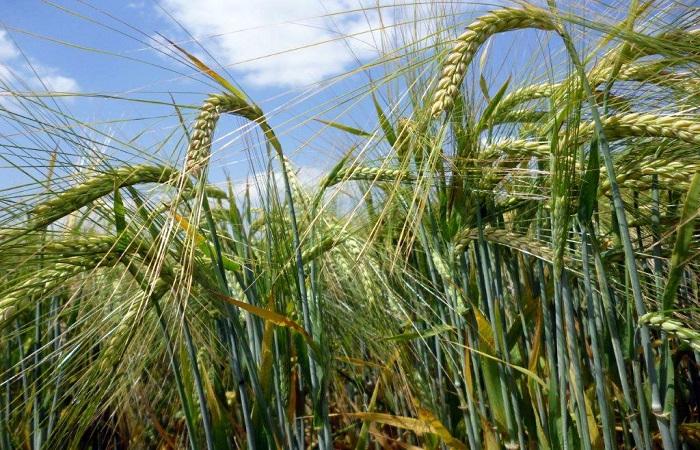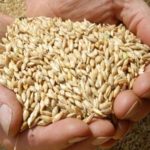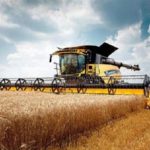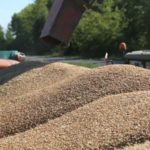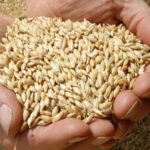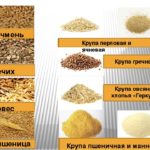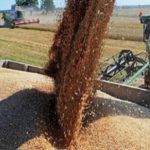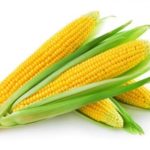Barley has been grown by people for many years along with wheat. This cereal crop can withstand dry weather and heat up to +40 degrees. At the same time, the seed filling rate remains the same. Barley grains are used as cattle feed. They are also used to make beer. It is important to take into account that many factors influence barley yield per 1 ha.
Barley yield per 1 ha
Winter varieties have the highest potential in terms of yield.When growing them, it is possible to collect 60-70 centners per hectare. At the same time, the average productivity of the spring crop is 20% lower.
With natural soil fertility, the crop yield in dry weather is 24-36 centners per hectare. In conditions of high humidity, plant productivity increases to 30-42 centners.
Factors affecting yield
Barley productivity is influenced by a large number of factors. These include weather conditions, fertilization, and crop rotation.
Fertilizers
Barley requires mineral fertilizers. The plant needs large amounts of nitrogen, phosphorus, and potassium. The effectiveness of using fertilizers when growing cereals depends on precipitation.
An increase in yield after the use of nitrogen substances is observed in years with high rainfall. At the same time, during drought periods, productivity decreases. Similar patterns occur when using potassium and phosphorus.
Climatic conditions
Good weather has a beneficial effect on the cultivation of any agricultural crop, and barley is no exception. Drought, heavy rains, too high or low temperatures often provoke the death of crops. To reduce the negative impact of weather conditions, monitoring and forecasting systems are used.
Crop rotation
To get a good harvest, it is important to follow the rules of crop rotation. It is recommended to plant barley after peas, potatoes, rapeseed, and annual plants. Early legumes are considered the most valuable predecessors. At the same time, early cereals - oats, barley, spring wheat - have the least value.
Cultivation care
Spring barley needs to be planted in early spring - immediately after the snow melts and the soil dries out.If you miss this step, there is a risk of problems with root development. In addition, there is a high probability of plants being damaged by diseases and parasites. Even with a delay of 10 days, the yield parameters will decrease by 7-8 centners. In a drought, this figure can be 12 quintals.
Winter varieties are recommended to be planted in September. During this period, maximum germination of plantings is observed.
Varieties with high productivity
To get a good barley harvest, it is important to choose the right variety. Today there are many productive crops of different types.
Winter crops
This barley is suitable for regions with mild winters. The most productive varieties include:
- Selena Star - brings 78 centners per hectare. The height of the stem reaches 1 meter. In this case, the duration of ripening is 285 days. The plant is resistant to diseases and grain shedding.
- Hard worker - characterized by a high protein content. The yield parameters are 60 centners per hectare. It takes 228 days from the moment sprouts appear to mature. The plant is resistant to drought.
- Dobrynya 3 – under favorable conditions, barley produces 99 centners per hectare. The plant reaches 95 centimeters in height. It is resistant to dwarf rust and powdery mildew.
Spring
This type of barley is suitable for making flour and cereals. Popular varieties include:
- Viscount - is a forage hybrid with a straight hollow stem. The growing season is 73-127 days. From 1 hectare it is possible to obtain 70 centners of barley.
- Mamluk - characterized by intensive development and has average resistance to lodging. The grains are used to make cereals and as fodder. With early planting, productivity reaches 68-70 centners per hectare.
- Duncan is a Canadian variety that is characterized by high yield. Barley is characterized by strong stems, which provide resistance to overstagnation and lodging. Yield parameters reach 80 centners per hectare.
Breweries
For the production of beer, varieties that are distinguished by high-quality grains are used. In total, breeders have developed several hundred varieties of such barley. The most productive include:
- Gin - has a strong stem that reaches 85 centimeters in height. The plant is resistant to climate change. From 1 hectare it is possible to obtain up to 90 centners. Ripening occurs 85 days after the appearance of sprouts.
- Konsita – barley yield is 88 centners per hectare. The variety is resistant to lodging and smut.
- Bios 1 – grows up to 80 centimeters and contains a lot of protein. The plant is resistant to disease. From 1 hectare it is possible to collect 49 centners.
How to calculate yield
Barley yield refers to the amount of grain that can be harvested from 1 hectare. This parameter is influenced by a number of factors:
- Natural and climatic – these include the condition and composition of the soil, the presence of groundwater, temperature indicators, and the amount of precipitation.
- Economic – this group includes the cost of grain and fuel. Economic factors also include the quality of planting material, control of parasites, and the use of modern equipment.
- Supplying the farm with fertilizers - to obtain an excellent harvest, it is important to add organic matter and minerals.
Today, many methods are known for calculating the planned yield. They are based on different indicators, which helps make reliable forecasts.
Terms and rules of collection
Separate harvesting of barley should be carried out at the stage of waxy ripeness. After the windrows have dried, the grains can be threshed. When the plant ripens, the spike stem easily breaks. During precipitation, the integrity of the stem is also compromised. Therefore, delay in harvesting provokes serious crop losses.
To set deadlines correctly, it is worth considering the following parameters:
- grain moisture – no more than 18%;
- dirty gray color of straw;
- hard grains that crackle when bitten;
- brown tint of stem nodes;
- the ability to completely remove grains from the spikelets.
To determine the ripeness of a cereal, it is recommended to carry out an eosin test. To do this, you need to cut 20 productive stems at a height of 20-30 centimeters from the ear and place them in a 1% eosin solution for a day.
If during the specified time more than 50% of the spikelets have acquired a pink color, the optimal harvest time will occur after 7-10 days. If the stems are stained, the grains need to be collected in the next 2-3 days. Even if the stems are not colored, harvesting must begin immediately.
Barley is a popular cereal crop grown by many farmers. At the same time, plant productivity parameters depend on many factors - climatic conditions, soil moisture, and fertilizer application.

